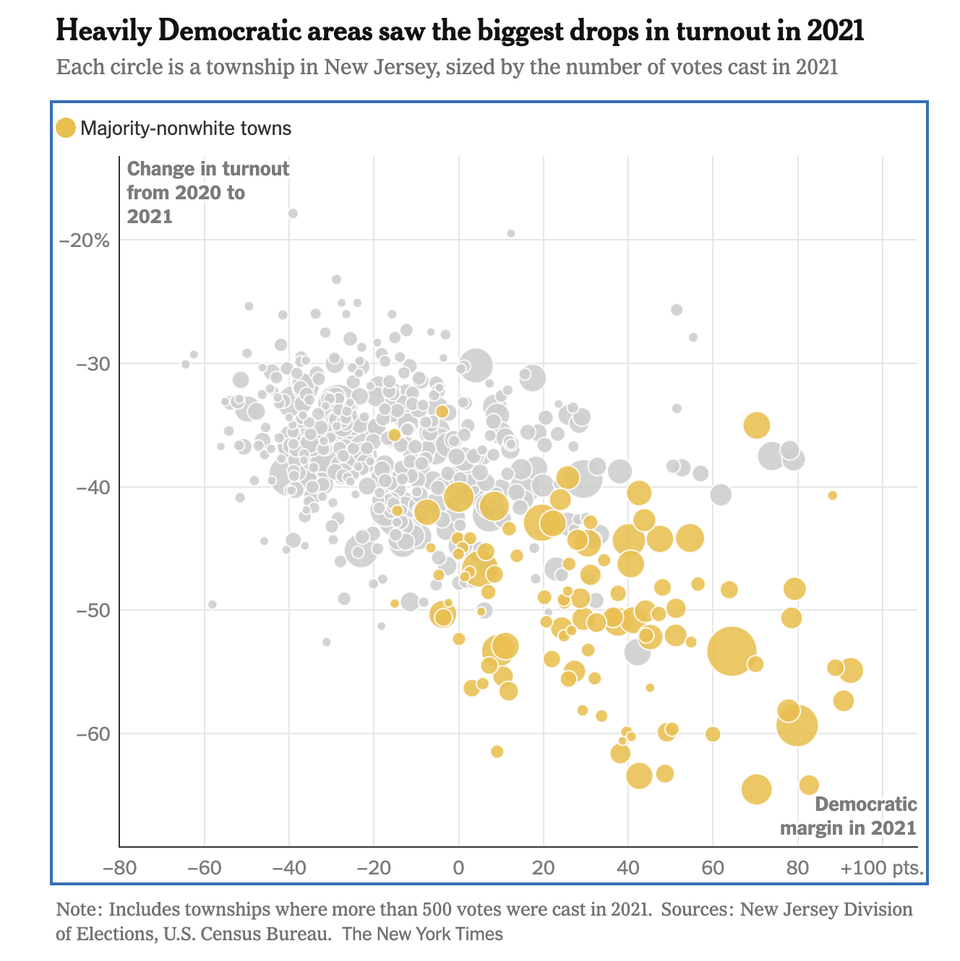Prostate cancer screening under scrutiny
Officials now recommend healthy men against routine screening for prostrate prostate cancer. See here. I discussed this issue before.
A few points of interest:
- The clinical trials have mixed findings on the benefits. The harm of unnecessary treatment is real. The harm of false positives outweigh the benefits
- Men at risk of getting prostrate prostate cancer are not part of this recommendation. It applies only to healthy men.
- "Of the men who had three or four rounds of screening, the false positive rate was 12 to 13 percent." I think this means that among men who don't have prostate cancer, 12 to 13 percent will be told they have cancer three or four consecutive times! This level of inaccuracy is quite astounding.
- Dr. Herbert Lepor (urology professor): "The notion that prostate cancer is not a threat to the well being of men is simply wrong." I'm shocked that an academic at NYU could equate a criticism of a detection method with a denial of an illness, without losing a beat.
- "Critics say the studies were not long enough to show a benefit." Let us do a thought experiment. We start screening men from 21 years old. Each year, we issue large numbers of false positive results. By the time these men become at risk for prostate cancer, a large proportion of them would have received at least one positive result. This screening policy will surely catch most of those who would develop the cancer. Now imagine, that we didn't have a screening technology, we just randomly tell a certain proportion of men they are positive. This "false screening" will also identify most of those afflicted.
- Further, unless prostate cancer has some kind of very long incubation period, waiting longer shouldn't improve the screening accuracy. The study referenced in the article also tracked patients for 10 years. This type of criticism is not serious unless they come prior to the test results being issued.
- Note also false positive errors are invisible. Once the little tumors are removed, it is not possible to know if they would have developed into anything malicious. Invisible errors mean the people committing them can't be called into account. By contrast, false negatives are definitely public. For more, see Chapter 4.



